This is my menu screen. It is a JTabbedPane that when the user clicks on any of the tabs I set the menu's visibility to false and set visibility of another tabbed pane to true. Say the user clicked on stock, then the window will look something like this:

When the user clicks on the "<<" tab it will set stock's visibility to false and menu's visibility to true.
Is it better to just create multiple JFrame files and do the same instead of adding multiple TabbedPanes inside a single frame? It's getting kind of hard to maintain the single .java file for the entire JFrame.
